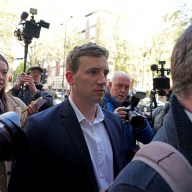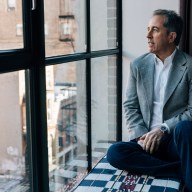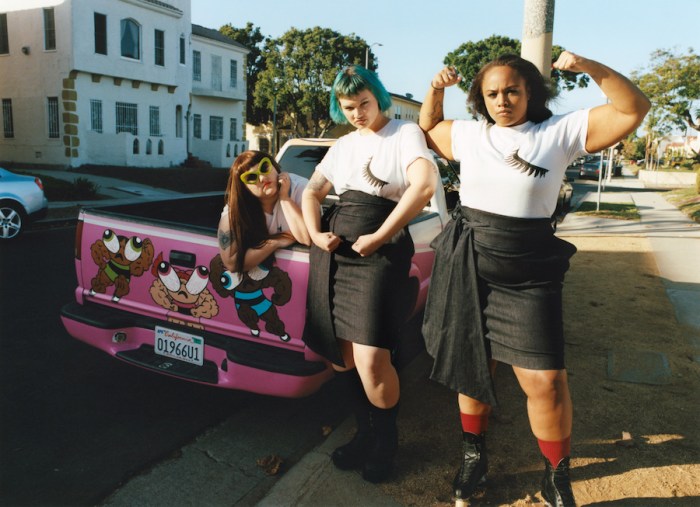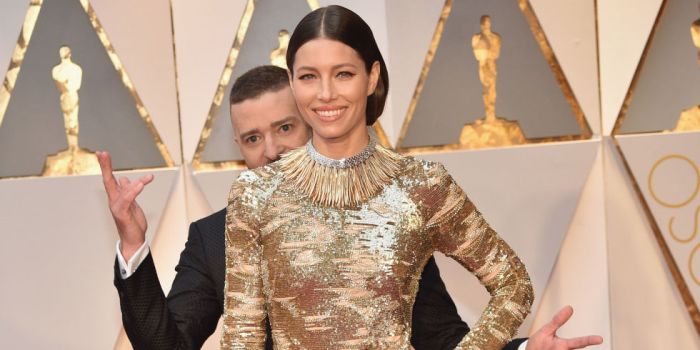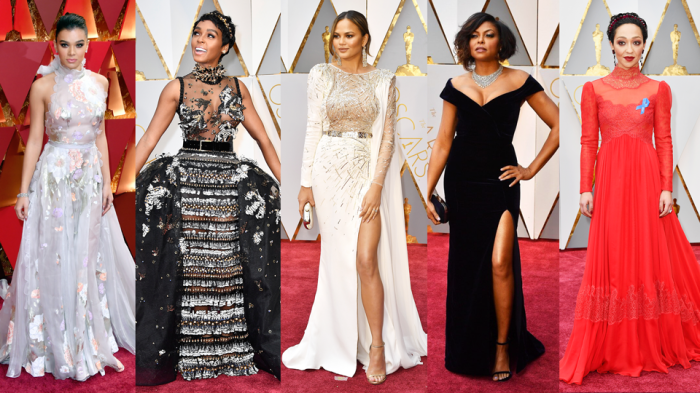“Saint Laurent” wasn’t Gaspard Ulliel’s first brush with a movie about Yves Saint Laurent. He was first approached by Gus Van Sant around 2006 about doing a film about the fashion god’s younger life. That came to nothing, but years later, when Ulliel heard a film about him was in the works he hopped at the chance to get involved. That film eventually became last year’s “Yves Saint Laurent,” which starred Pierre Niney. Instead Ulliel wound up headlining Bruno Bonello’s “Saint Laurent,” a much more experimental biopic than its more traditional rival. The actor and model — known for playing the lead in “Hannibal Rising” and as the former face of Blue de Chanel (he starred in Martin Scorsese’s electrifying commercial for same) — felt that being in the renegade biopic, the one not sanctified by Saint Laurent’s manager/partner Pierre Berge, was for the better. Where “Yves Saint Laurent” had easy access to his archives, “Saint Laurent” did not. How did you approach playing him without an avalanche of materials?
Very early on Bertrand told me that he chose me because he was also interested in filming me. The idea was to be 50 percent myself, 50 percent my character. I quickly understood it was not about only doing a lot of research, gathering information and trying to get as close as possible to reality. In fact it was kind of the opposite. At one point I felt buried under all those facts and details. That’s when I decided to step back from reality and clear some space to fantasize about my character, reinvent him in a way. That’s when it became interesting. I had to dig inside myself and my own memories, my own perceptions, to make this character come alive. As soon as you start imitating you realize it just blocks and stifles the emotion. Did you actually get to talk to Pierre Berge?
He was supporting the other film, so no. My first reflex was to try and meet people who were very intimate with Yves, then I realized that now all those people are still very close to Pierre Berge. So it was not possible to meet those people. At first I thought it was unfair, but now I think it was for the best. When you’re talking about such an iconic figure you’ll have so many different points of view on him. In the end [not talking to anyone] allowed me to keep my own objectivity on him. The two films wound up very, very different.
I think [“Yves Saint Laurent” is] what you would expect of a biopic. It’s a bit more classical than ours. For me this film never felt like a biopic. It’s an odyssey into the mind of an artist. It’s not just about Yves Saint Laurent and his life and career. It’s a film about art and creation. You can watch it without knowing a lot of things about Yves. It still echoes inside you. You shot almost entirely in a mansion, which ties into the idea in the film of Saint Laurent living a cloistered existence. What was the experience of that?
It was this big building — what you’d call a “hotel particulier” — in Paris. It was nearly empty, nearly in ruins. We were allowed to break down some walls and change the entire thing. It felt like a studio in the end because we had so many different sets in the building. But it’s still just a flat in the middle of Paris. Late in the film it jumps decades and Saint Laurent is played by Helmut Berger, famous for Luchino Visconti films. Did you two meet?
Briefly. We had one day in common on set. We exchanged a few words and that was it. But it’s great to cast someone like this. Obviously it echoes Visconti, and it’s like a loop. But Helmut knew Yves Saint Laurent very well, as well as Pierre Berge. And Yves was obsessed with Visconti’s “The Damned” [with Berger]. So you have this incredible scene with Helmut Berger watching himself in “The Damned.” This film seems very influenced by Visconti, as well as other massive European films about excess.
Bertrand actually followed in the footsteps of Visconti in a certain way, in certain themes: the end of a world, the end of an era. It’s like we’re talking about the last giants of fashion. And the way he shuffles time, plays with the chronology, is very Proustian. Proust was a very important obsession for Yves Saint Laurent. Even in the end, when [Bonello] shows his last show, he’s using the style of Mondrian’s paintings to create the image, filling it with split screens. It’s another homage to one of Yves’ influences. He was celebrating all those influences in a perfect assertion that the creative life only exists in constant dialogue with other arts.
Interview: Gaspard Ulliel on becoming a fashion titan in ‘Saint Laurent’
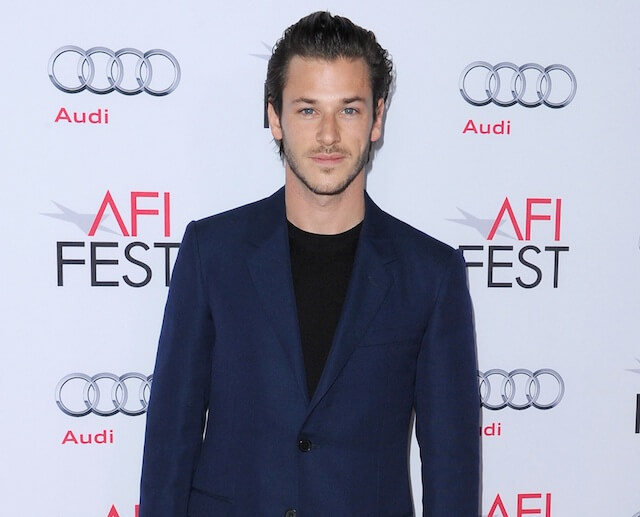
Getty Images
Read our review of “Saint Laurent.”
Follow Matt Prigge on Twitter @mattprigge








